What’s the magic behind a Cuban cigar? That’s a question I never really understood—until I found myself wandering the streets of Havana, breathing in the rich scent of tobacco that seemed to hang in the air like an invitation.
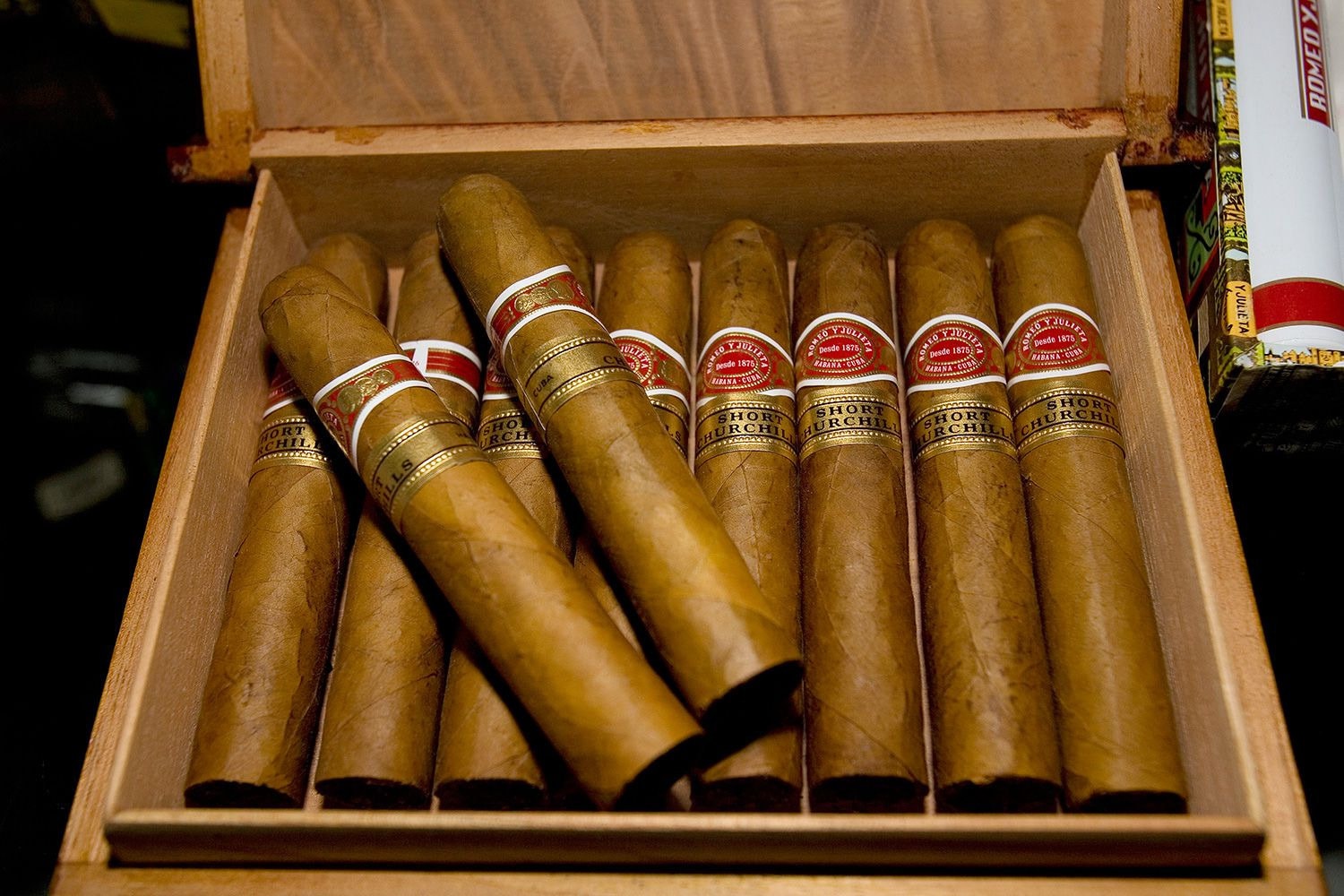
A Walk Through the Tobacco Fields
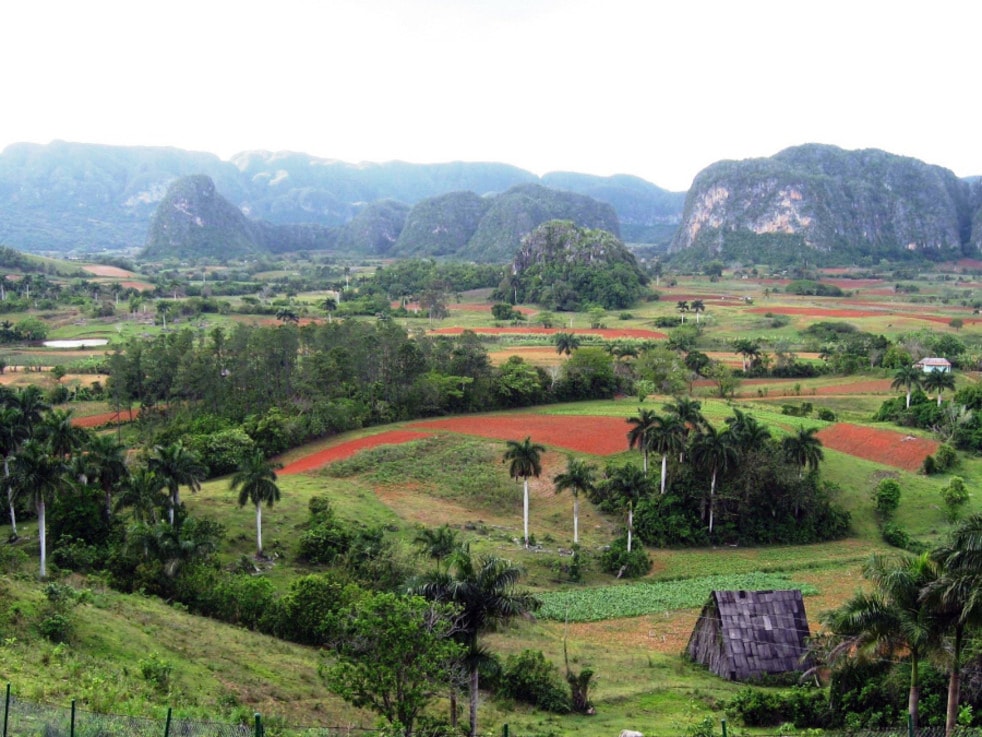
I remember stepping into the fields of Vuelta Abajo for the first time. This place is cigar country—the soil is almost black with minerals, and the sun feels like it’s been set to “perfect tobacco-growing mode.” The guide, an old Cuban farmer named Pedro, told me that this region has been producing some of the best tobacco for centuries.
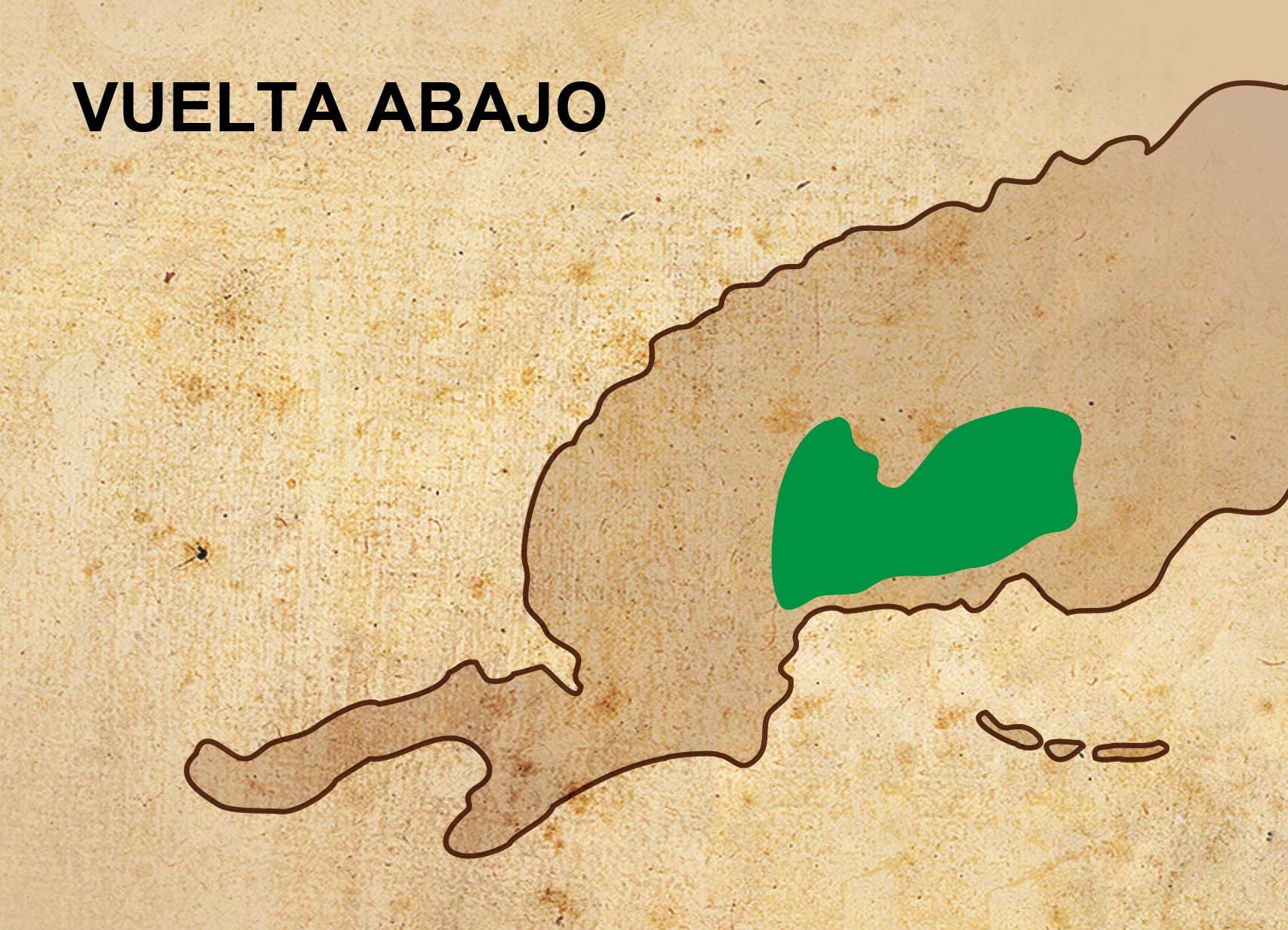
“Why here?” I asked, running my fingers through the rich soil. He looked at me and shrugged, as if the answer were obvious. “Because it’s perfect,” he said, pointing to the mountains in the distance. “The soil, the climate… it’s all just right.”
It’s true—everything about Vuelta Abajo feels like it was made for tobacco. And that tobacco, it turns out, is what makes Cuban cigars unlike anything else in the world. The earthy flavor? That’s all thanks to this magical spot in Cuba. I learned that the region even has its own tobacco type: Habanos. It’s spicy, bold, and has just a hint of sweetness, a flavor that gets into every Cuban cigar.
Into the Workshop: The Art of Hand-Rolling
Later, I found myself in one of Havana’s cigar workshops, watching a master cigar roller—a torcedor—at work. Her hands moved quickly but gently, rolling and pressing each leaf with expert precision. “This is more than a job,” she said, catching my eye as she worked. “It’s an art.”
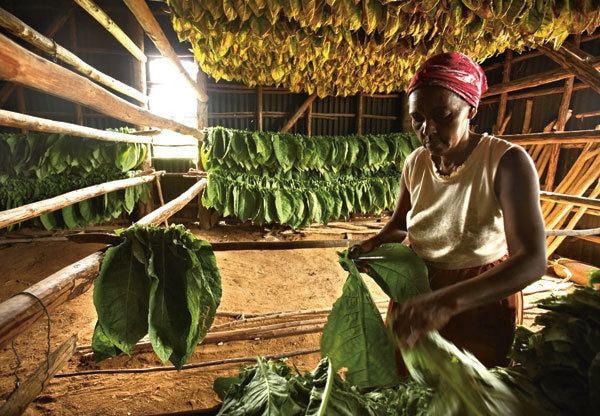
The workshop had a quiet rhythm, with workers chatting softly as their hands moved over leaves, each one knowing exactly how tight to roll and where to cut. I noticed that each cigar seemed slightly different, like each one had a personality of its own. Every twist, every fold—it’s all done by hand.
This is the part I hadn’t realized before: Cuban cigars are unique because of these people. It’s not a factory line; it’s skilled artisans putting in years of practice. The torcedor explained that Cuban cigars burn evenly because of this hand-rolling tradition. “If a cigar doesn’t burn right, it’s not worth anything,” she said with a wink. And she’s right—each puff needs to be perfect.
The Flavor that Keeps People Coming Back
I wanted to understand why the flavors in a Cuban cigar are so famous, so I found myself sitting in an aging room with stacks of cigars lined up to rest. Aging, I discovered, is like letting a good wine breathe; it softens the tobacco, lets the flavors meld.
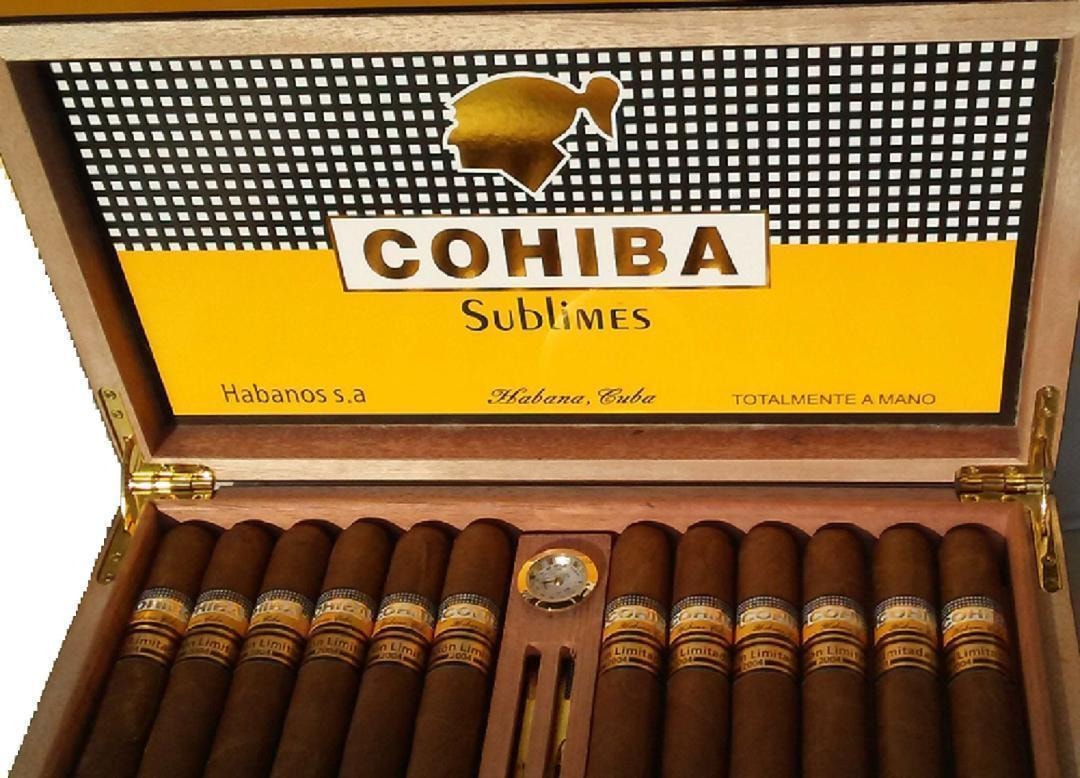
One cigar in particular caught my attention: a Cohiba. Now, Cohibas are famous, and when I took my first puff, I could taste why. It was like an orchestra of flavors—earthy, with a touch of sweetness and just a hint of spice. “That’s the aging,” a worker explained, smiling as I took another draw. “The tobacco gets richer as it waits.”
Cuban cigars are aged before they’re even smoked, making the flavors smoother and more complex. By the time you light up a Cohiba or a Montecristo, it’s already gone through a transformation. Each puff is the result of time, patience, and skill, and you can taste that difference.
The Legacy: More Than Just a Cigar
As my journey through Havana’s cigar scene wound down, I found myself thinking about all the famous figures who had smoked Cuban cigars before me—Hemingway, Churchill, even JFK. Cuban cigars aren’t just about flavor or quality; they’re tied to history and culture. For centuries, they’ve been a symbol of luxury and a little bit of rebellion.
The guide at the factory smiled when I mentioned this. “People think Cuban cigars are just famous because they’re rare, especially in the United States,” he said, referencing the embargo that banned Cuban products there. “But the truth? They’re special because they are Cuban. They carry our history, our hard work, and a piece of our island.”
What’s the Magic Behind a Cuban Cigar?
If you ever get the chance to try a real Cuban cigar, remember that it’s more than a smoke. It’s the taste of Vuelta Abajo’s rich soil, the expertise of Cuba’s torcedores, and the years of tradition rolled up in every leaf. Cuban cigars are a piece of Cuba itself.
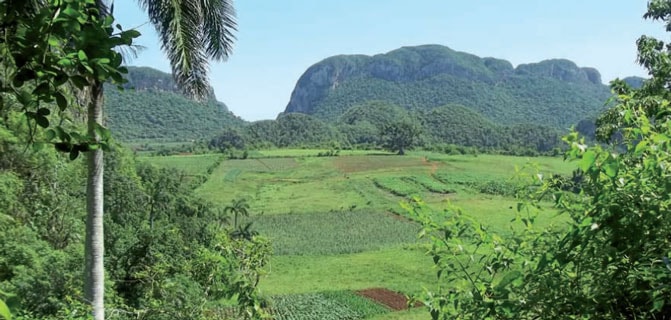
I left Havana with a few cigars carefully tucked away, ready to share the experience with friends. At TravelersNetwork, we’re all about discovering the heart of a place, and in Cuba, that heart beats in every cigar. So next time you see a Cuban cigar, know that it’s not just a luxury—it’s a story waiting to be enjoyed.

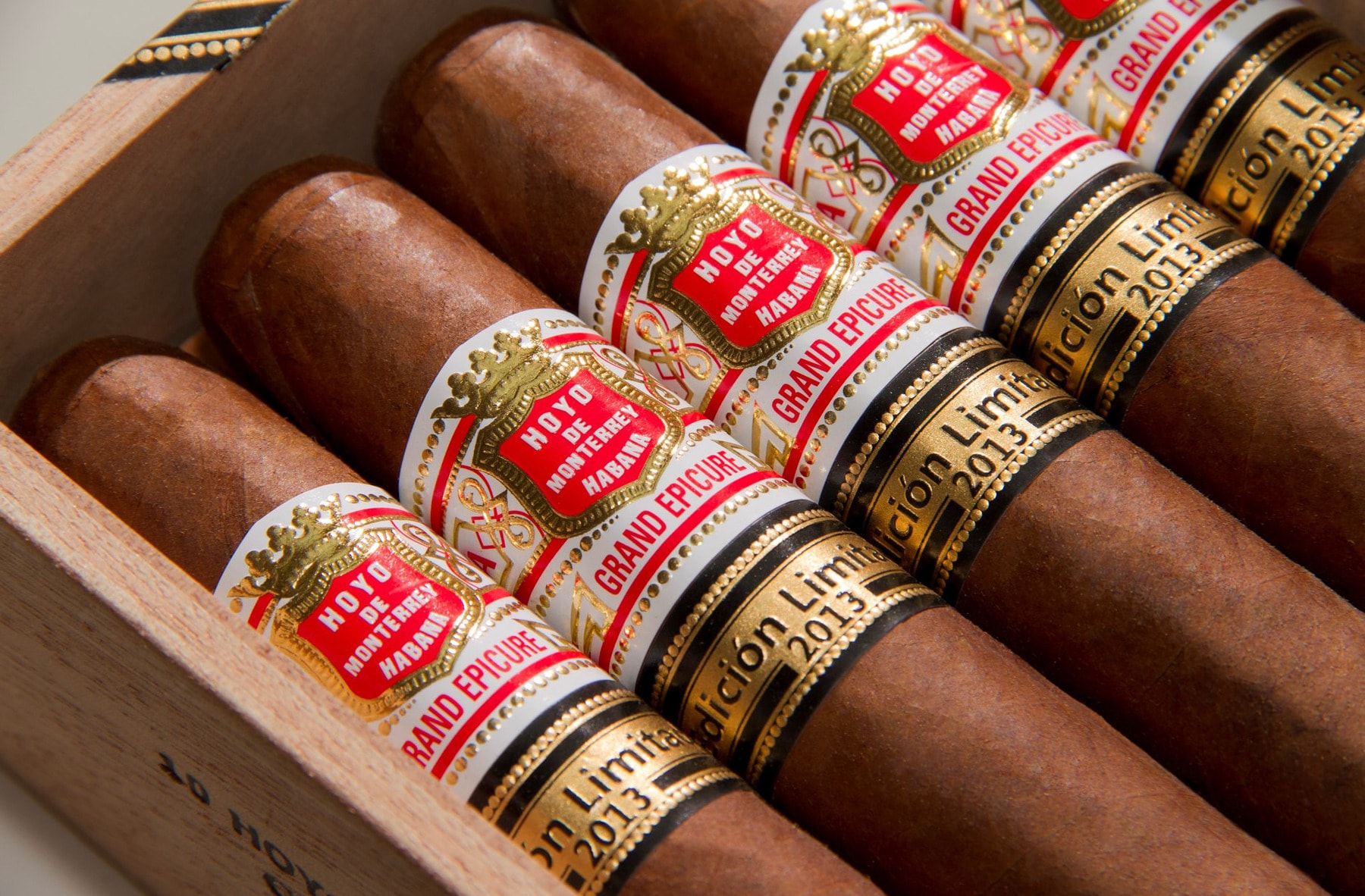

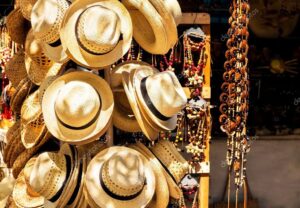


Leave a Reply